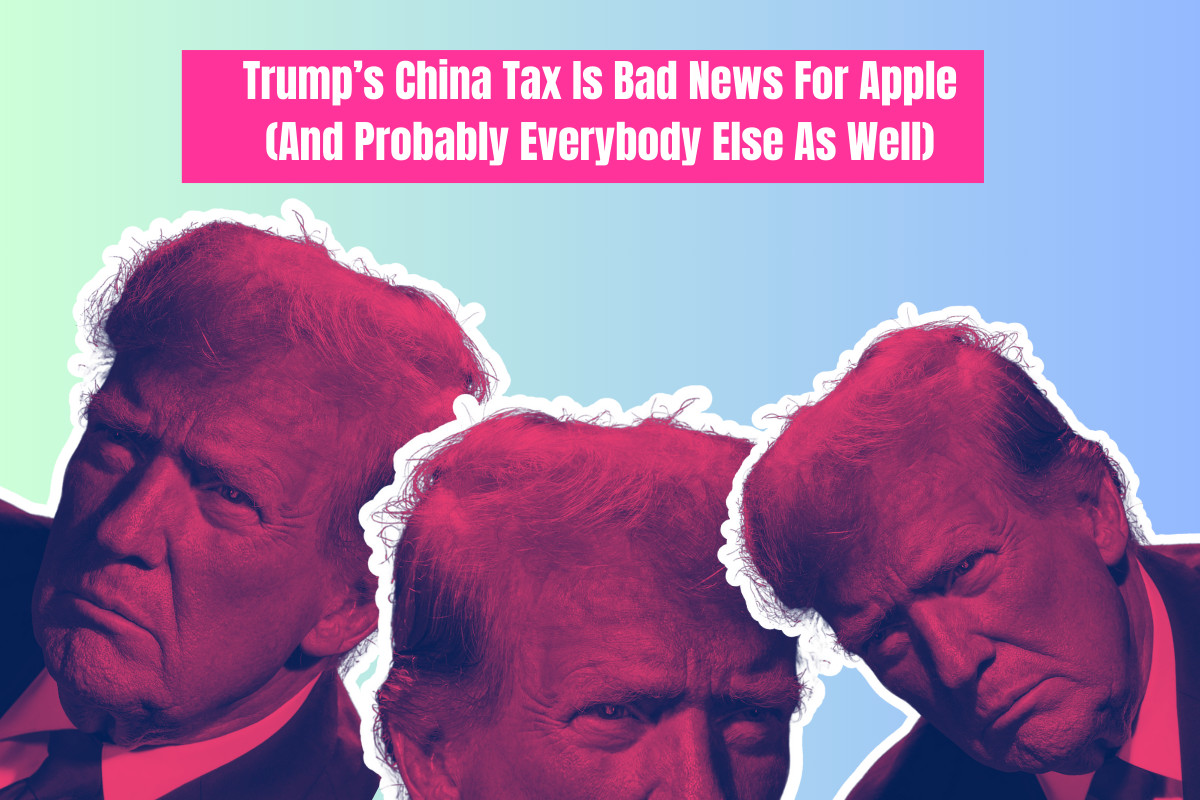TL;DR – The U.S. has imposed a 10% tariff on all Chinese imports
The 10% tariff on all Chinese imports starting 4th February 2025, puts Apple and other tech giants in a tough spot.
Here’s what it means:
- 💰 Higher Costs for Apple – Most Apple products are made in China, making them vulnerable to the new tax.
- 📈 Price Hikes or Profit Cuts? – Apple must decide whether to absorb the costs or pass them on to consumers.
- 🌏 Apple’s India Pivot – The company is ramping up production in India to reduce its reliance on China.
- 🔄 Potential Ripple Effects – China may retaliate, further complicating the global tech supply chain.
Trump Loves Tariffs, But What Are They And How Do They Work?
A tariff is essentially a tax on imported goods.
When a country imposes a tariff, businesses importing products from that country must pay extra fees to the government.
This makes imported goods more expensive, potentially encouraging domestic production.
WHY DOES THIS MATTER?
- Higher Costs for Companies – Businesses either absorb the extra expense or raise prices.
- Potential Price Increases – Consumers often end up paying more for affected products.
- Trade Tensions – Tariffs can lead to retaliatory measures, escalating economic conflicts.
In this case, Apple’s heavy reliance on Chinese manufacturing means these tariffs could significantly impact product pricing and profitability.
WHAT THE 10% TARIFF MEANS FOR APPLE
Apple manufactures most of its devices—iPhones, iPads, MacBooks—in China.
Now, with a 10% tax on imports, Apple faces two key choices:
1️⃣ Absorb the cost – This would hurt profit margins.
2️⃣ Increase prices – Risky, as it could deter customers from upgrading.
Either way, it’s a difficult road ahead for Apple, especially as the iPhone 17 launch approaches later in 2025.
APPLE’S PLAN: SHIFTING TO INDIA
Apple has already started shifting production to India, where it now manufactures some iPhone Pro models.
The Indian government has also removed import fees on key smartphone components, making it a more attractive location for production.
THE CHALLENGE?
Moving production takes time. While Apple is expanding in India, it still depends on China for most of its supply chain.
Supporters argue that tariffs incentivise companies to manufacture goods in the United States. By raising the cost of imported goods, businesses may find it more cost-effective to keep operations within national borders, bolstering supply chain resilience and contributing to national security.
The 10% tariff immediately affects Apple, whereas diversification efforts could take years to fully pay off.
WILL APPLE INCREASE PRICES?
It’s too early to say for sure, but a few key factors will influence Apple’s decision:
- Existing U.S. stock – Apple may delay price hikes by selling pre-tariff inventory first.
- Consumer demand – Higher prices could slow iPhone sales.
- India’s production costs – If manufacturing in India remains cheaper, it could offset some tariff effects.
FINAL THOUGHTS
Apple is caught in the middle of an escalating U.S.-China trade battle.
While its move towards India is a step in the right direction, these tariffs could still drive up iPhone prices in the near future.
The key question now is: Will Apple take the hit, or will consumers?
Stay ahead of the latest tech news – subscribe to our newsletter now! 👉 Sign up here


